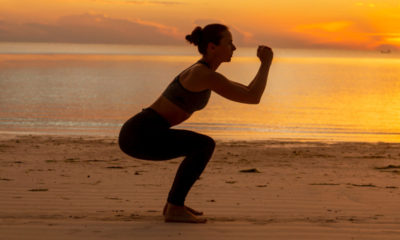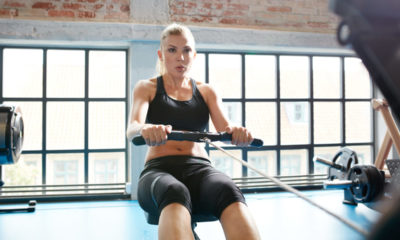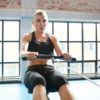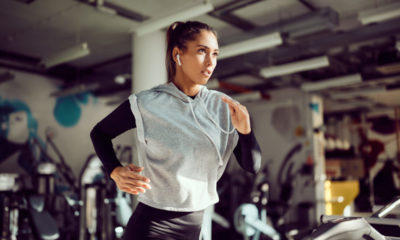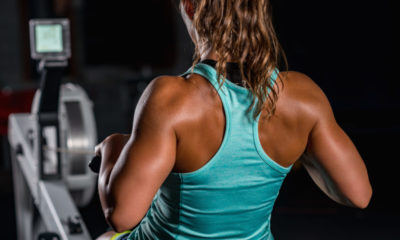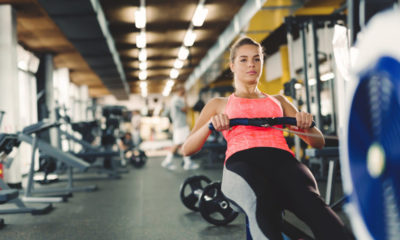Fitness
THE IMPORTANCE OF DYNAMIC AND STATIC STRETCHING
Dynamic stretching and static stretches are some of the best book-ends for successful workout plans.
Most people will warm up on a piece of cardio equipment and head straight into their workout feeling like since their heart rate is elevated, their body must be ready for a good lift. Which isn’t true. 5-10 minutes on a machine will certainly improve blood circulation and even help you mentally with preparing for your workout. But is it really doing much for your joints and muscle tendons? Especially if you’re already tight from poor postural alignment?
One of the best ways to prepare your body for a successful and safer workout, is to devote time to warming up properly. Yes the cardio machine can get your legs going, but what about your shoulder stabilizers? That tension in your neck? Your hip alignment? That’s not going to be corrected just because your core temperature is elevated. And that poor alignment is going to be put under stress in your lifts, even if you’re doing a high-rep, fast-paced fat-loss workout. You need to make sure your body is prepared to move well!
Start your next workout by warming up in a format similar to this:
– 5-10 minutes on a piece of cardio equipment if you feel like it helps you focus or if you’re just waking up, have been sitting for a long time, or your body is just feeling stiff and cold. This should be gentle. Incline walking may be all you need.
– Dynamically stretch the areas your workout will focus on. Paying special attention to tight areas. Are you planning on an intense back workout? Throw in some T-Twists, TRX Chest Openers, and rotational torso/hip openers. Get some movement in tighter areas that are antagonistic to your training muscles so they don’t inhibit proper movement alignment. This is also a great time to do some gentile foam rolling or other SMR to release some adhesions if you really feel restricted.
– Follow with activation work for the stabilizers in your intended training group. Wake up the joints and prepare them to handle the weight you want to move!
Dynamic stretches aren’t held long, nor should they be very intense. Bodyweight alternating lunges are a great example of a dynamic stretch for hips and inner thighs when you focus on depth, breathing, and allowing a few seconds (a full exhalation is even better) in that deep position. These stretches give your body a chance to connect mind, breath, and muscles. Putting you right in the moment, focused on the quality of your training, and letting the rest of the day’s stress go while you’re in the gym. Depending on the move, 5-10 reps may be all you need to get the joints opened up and ready.
Static stretches are going to be a single rep in a lengthened position. Best done at the end of your lift so that you are not inhibiting contractile reaction in your workout. If you need to move fast or explosively, static stretching prior to your workout (most of the time) will slow you down.
Soft tissue needs 2 minutes to fully stretch. If you’re only spending 10-30 seconds in your Couch (hip flexor) Stretch, you’ve barely started to relax your quads so your hip flexors don’t receive much benefit at all. Static stretching after your lifts (whether you’re training heavy or light) is going to help in injury prevention, recovery of muscle tissue, help restore your nervous system after training stress, and help in your improved postural alignment.



